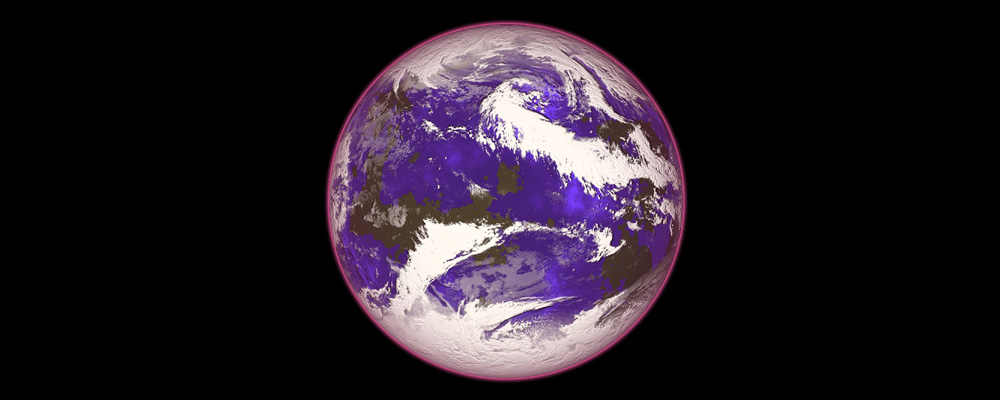The ozone layer is a region of our stratosphere that absorbs the Sun’s ultraviolet (UV) radiation. It contains roughly 10 ppm of ozone, and is mainly found in the lower portion of the stratosphere approximately 20 to 30 kilometers above the ground.
Due to ozone depletion, a hole in the ozone layer started to form over the Antarctic. This hole was discovered in the 1970’s, and caused significant concern from dozens of countries as it meant that more UV radiation would reach the ground. The increased UV radiation raises the risk of skin cancer, sunburn, and cataracts. Furthermore, excessive UV radiation has also been shown to inhibit the reproductive cycle of organisms such as algae, fish, and frogs.
The hole in the ozone layer led to the signing of the Montreal Protocol in 1987. This international treaty was designed to phase out the use of substances such as chlorine and bromine that deplete our ozone layer. These chemicals were widely used in aerosol cans, refrigeration, and industrial cleaning – mainly CFC’s and HCFC’s.
Even though these substances weren’t used in extraordinary amounts, they still had a devastating impact on the ozone layer as one atom of chlorine can destroy more than a hundred thousand ozone molecules.
As a result of the Montreal Protocol, the amount of ozone-depleting chemicals in the atmosphere has dropped by more than 10 percent since peaking in the late 1990’s. As can be seen from the images below, the hole in the ozone layer has stabilized and begun to heal – although very slowly.

Ozone Layer in 1987

Ozone Layer in 2013
Since CFCs and HCFC’s are also greenhouse gases, phasing them out has had a major impact climate change. Between 2008 and 2014 in the United States, the Montreal Protocol resulted in greenhouse gas reductions that equals roughly half the benefit of all other climate regulations from the EPA.
Professor Lei Hu’s team at the University of Colorado Boulder demonstrated that from 2008 to 2014, the elimination of these ozone-depleting substances had the equivalent climate impact of reducing CO2 emissions by 170 million tons per year.
The same research team found that the continued implementation of the Montreal Protocol could decrease our annual carbon footprint by 500 million tons of CO2 by 2025 (when compared with 2005 levels).
To put things in perspective, 500 million tons of CO2 is about 25% of what the United States needs to cut to meet the Paris Climate Agreement target.
We hope that additional climate policies can continue to reduce our carbon footprint, and accelerate our journey to a renewable energy future.

Thanks for the sensible critique. Me & my neighbor were just preparing to do a little research about this. We got a grab a book from our area library but I think I learned more clear from this post. I am very glad to see such wonderful info being shared freely out there. aeekcededcddfgdc